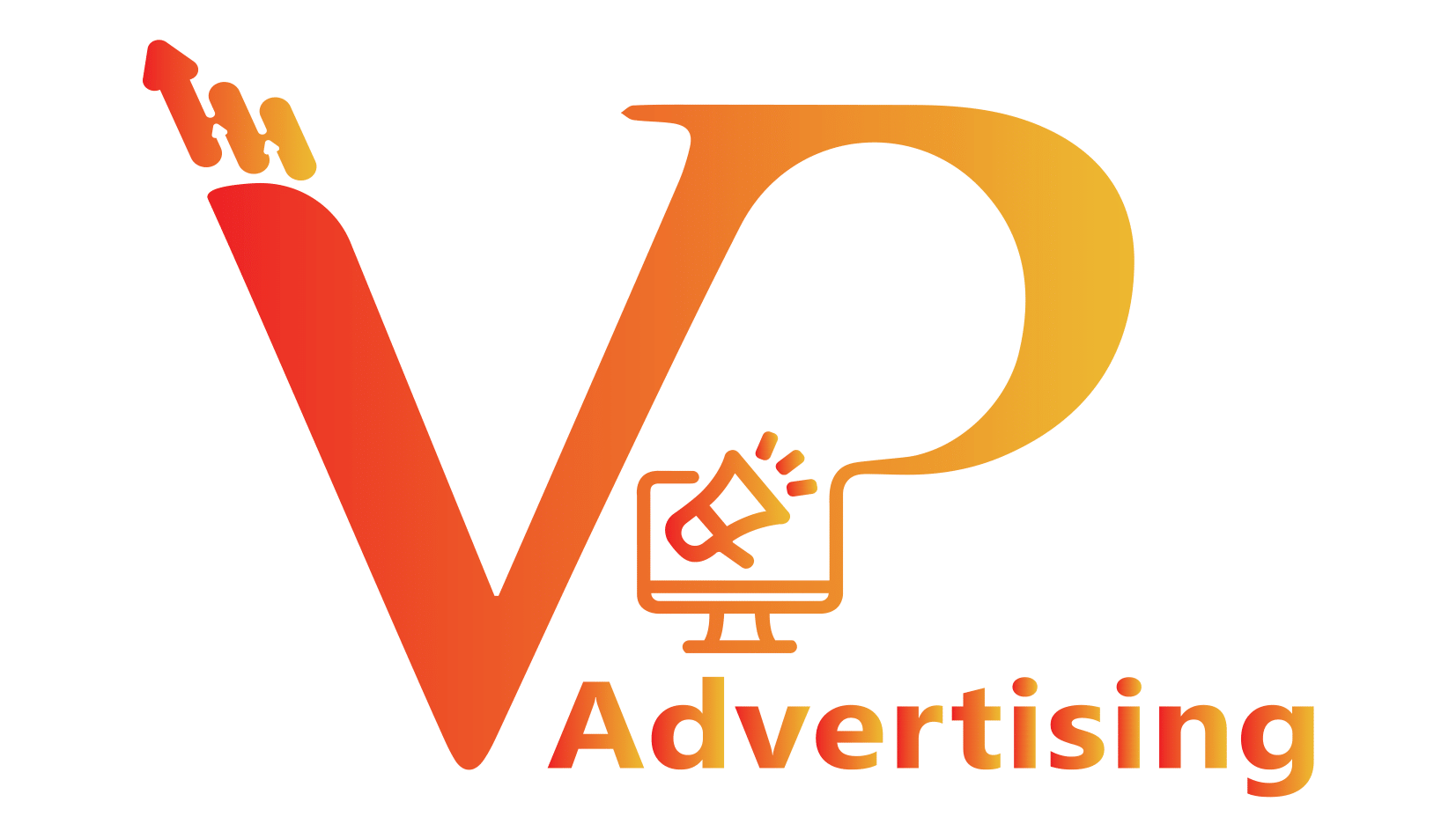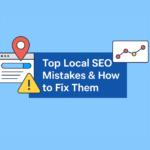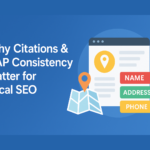- July 14, 2025
- Categories: SEO
- Tags:
How to Align SEO and Content Marketing for Long-Term Success
Content and SEO have become inseparable in modern digital marketing. While SEO provides the framework to rank on search engines, content delivers the value that users are searching for. Without a solid content SEO strategy, even the best technical SEO practices may not drive sustainable results.
A well-aligned content marketing SEO strategy ensures that your brand not only ranks but also retains user attention, answers search intent, and converts visitors into customers. Let’s explore how to integrate SEO and content effectively for long-term visibility and engagement.
Understanding the Connection Between SEO and Content Strategy
At its core, SEO is about understanding what people are searching for and ensuring your content answers those queries better than anyone else. This makes content the execution engine behind every search engine optimization strategy.
Search engines like Google prioritize relevance, quality, and usefulness. If your content doesn’t align with these signals, your site won’t perform, regardless of how strong your backlinks or on-page structure are.
That’s why building a content strategy around SEO principles such as keyword targeting, search intent, crawlability, and engagement metrics is critical.
1. Start with Keyword-Driven Content Planning
A strong content SEO strategy begins with keyword research. Identify what your audience is searching for and map those keywords to user intent. Focus not just on volume but on what stage of the buyer’s journey each query represents informational, navigational, commercial, or transactional.
Once you identify core and long-tail keywords, organize them into clusters. Each cluster should be represented by a pillar page supported by related blog articles. For example, a pillar like “Content Marketing Strategy” can have support articles on “How to Write SEO Content,” “Content Calendar Tips,” or “Optimizing Blog Posts for SEO.”
This approach enhances topic authority and allows for internal linking that improves crawlability and user navigation.
2. Optimize Every Piece of Content for SEO
Creating great content is only part of the job. Each piece must also be optimized for search engines. Start with your on-page SEO fundamentals, use your primary keyword in the page title, meta description, first 100 words, H1 tag, and URL. However, avoid keyword stuffing. Focus on writing naturally while integrating related keywords and phrases throughout the content.
Optimize headings with semantic variations and use subheadings to break down complex topics. Include internal links to related articles and service pages, as well as outbound links to credible external resources. Also, make sure your content is mobile-friendly, loads quickly, and uses structured data if applicable.
Multimedia like images, charts, and embedded videos can enhance engagement, but make sure they are optimized with ALT tags and compressed for performance.
3. Align Content Goals with Business and SEO Objectives
Your content should not exist in isolation. Every piece of content should be tied to a business goal, whether it’s brand awareness, lead generation, or product discovery. SEO goals, such as increasing organic traffic or improving rankings for a target keyword, must also be considered during the planning stage.
Define key performance indicators (KPIs) like organic sessions, dwell time, bounce rate, scroll depth, and conversion rate for each content asset. For instance, a blog article may be intended to drive traffic, while a landing page aims to convert. Aligning content objectives with search performance metrics ensures every asset is purposeful and trackable.
4. Update and Repurpose Existing Content Regularly
Content optimization doesn’t end after publishing. Periodically audit your existing content to identify underperforming pages that can be updated, consolidated, or expanded. This might include updating statistics, improving readability, adding new sections, or refreshing metadata.
Repurposing content into different formats like infographics, carousels, or short-form videos not only extends its lifespan but can also drive traffic from other channels like social media or email.
Tools like Google Search Console and Ahrefs can help identify blog posts with high impressions but low click-through rates. Optimizing these posts with better titles and meta descriptions often leads to significant traffic gains.
5. Integrate Content Strategy Across Channels
While SEO is the backbone of content discoverability, don’t limit your distribution efforts to organic search. Promote your content via social media, newsletters, YouTube, and paid campaigns. More visibility means more engagement, more backlinks, and improved authority.
Encourage user engagement by adding CTAs that guide readers toward action, whether it’s downloading a guide, filling out a form, or exploring related articles. Each interaction sends positive user behavior signals to search engines.
6. Measure, Analyze, and Iterate
An effective content SEO strategy relies on continuous monitoring. Use tools like GA4, Google Search Console, and SEMrush to analyze traffic sources, keyword rankings, engagement metrics, and conversion paths. Identify which pieces of content contribute the most to your SEO performance and double down on those formats or topics.
Likewise, content that consistently underperforms may need to be revamped or redirected. Keep testing different approaches like titles, formats, CTAs, even content length and optimize based on actual data.
Build an SEO-First Content Culture
A successful SEO content strategy doesn’t happen by chance. It requires planning, execution, optimization, and iteration, all built on a foundation of keyword research, user intent, and value delivery.
When content and SEO work together, you don’t just rank you build authority, drive qualified traffic, and earn conversions that matter. Whether you’re just starting out or refining your existing approach, aligning SEO and content is non-negotiable in today’s digital landscape.
Need Help Building a High-Impact Content SEO Strategy?
At VP Advertising Agency, we specialize in aligning content marketing with SEO to drive meaningful growth. Whether you’re looking to improve your blog performance, build content clusters, or optimize existing pages for better rankings, we’ve got you covered.
Our team combines deep keyword research, on-page optimization, and audience-focused content creation to help businesses grow organically and sustainably.




